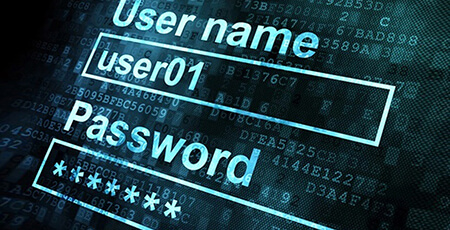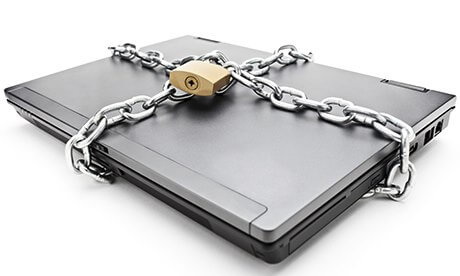6 Tips to maximise your blog impact!

Constancy in all the domain is a universal key to success. We must persevere, invest, be present, communicate and respond to our web visitors and customers.
The blog is a constant tool and help prepares to meet the goals and forward them to the target audience. We must learn to use the blog to its maximum potential and the following tips, will make your blog more attractive!
1. Your Property
The best is to own your blog and under your own domain name. You build the future and your brand with a blog. It would be risky to put the key of your success or suffer limitations by an external supplier.
Although in the short term, some free open solutions seems very interesting, if you build the success of your brand, your blog is an essential tool that must be attached to your own website, your online store.
If you divide these entities, the success of one does not necessarily make the success of the other. The division will also affect the SEO and will not benefit your website if you host your blog on a free solution.
2. A regular and relevant content
Consistency is actually present here, where you must maintain a constant level of new content. It is better to write two times a week in his blog then to abandon it for 3 weeks and write 10 successive articles in the same day.
Several search engines like Google penalizes such behavior by not indexing the blog or by indexing it too late. If your article is actual news, you miss your “timing” and lose the impact that you expected to get!
Prefer post content of about 1500 words. The more content is, the better your chances of seeing your article in the index. Google particularly like what is current and popular. If you are able to handle a hot topic, it will increase your chances to have a more popular blog.
3. Content with pictures
It is nice to have a picture to make the content clearer. Use them but do not be excessive! One or two images will do the job in your posts. Make your choice so that these photos really bring a better understanding or according to your tactics, are funny, expressive or create a reaction from the audience.
4. Not only Marketing!
If your blog is just advertisements of your products and services, your readers get will get tired or will not participate at all. The blog is a way to link you to your visitors and customers to build a stronger relation.
Use your blog to serve the expanded mission of your business. Offer tips, tricks, free tools and take the opportunity to learn about various topics that you may not be interested in before.
Make your blog a free service counter for additional knowledge about your area of expertise.
5. Promote your blog
Make your blog visible by spreading some of your articles on various social networks. Create a buzz with your subjects or posts.
Offer your visitors to subscribe to your blog by RSS feed or by a mailing list subscription. Engage your readers to follow you and stay informed about your brand.
6. Statistics
Make sure you know which sites refer you more visitors. Google Webmaster Tools is a series of wonderful tools to identify the traffic on your website and the most searched keywords.
Write your content according to your audience, keywords, by taking care to respect the SEO rules to avoid any penalties. Put your efforts into what actually works!



